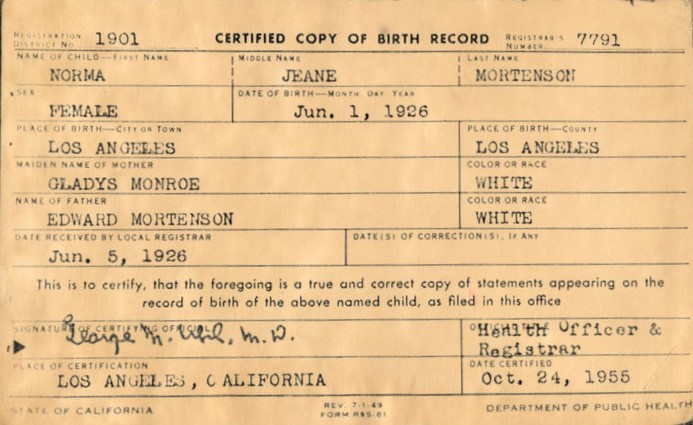.jpg)
One of the most rewarding aspects of genealogical research is the opportunity to delve into old documents and letters. These historical artifacts can provide a wealth of information about your ancestors and their lives. However, deciphering old handwriting can often be a challenge. This guide aims to provide you with tips and resources to help you navigate through the world of old script.
Understanding Old Handwriting
Old handwriting, also known as paleography, can be difficult to read due to changes in writing styles, the use of unfamiliar terms or abbreviations, and the degradation of the document over time. Here are some general tips to help you understand old handwriting:
1. Familiarize Yourself with Old Handwriting Styles: Handwriting styles have evolved over time. Familiarize yourself with the styles common in the time and place your document was written.
2. Look for Familiar Words: Start by looking for words you can easily recognize, then use these as a guide to decipher other words.
3. Understand Common Abbreviations and Symbols: Old documents often use abbreviations and symbols that are no longer in use today. There are resources available online and in libraries that can help you understand these.
Reading Historic Documents
When reading historic documents, it's important to take your time and not get frustrated. Here are some tips:
1. Transcribe as You Go: Write down what you can decipher as you go. This can help you get a feel for the writer's style and make it easier to recognize other words.
2. Use Context Clues: The context of the document can provide clues about difficult-to-read words. For example, a will would likely mention family members and possessions.
3. Don't Assume Modern Spelling: Spelling was not standardized in the past, so words may not be spelled the way you expect.
Decoding Old Handwriting
Decoding old handwriting is a skill that improves with practice. Here are some strategies to help:
1. Practice Regularly: The more you work with old handwriting, the better you'll get at recognizing letters and words.
2. Compare Letters: If you're unsure about a letter, compare it to other instances of the same letter in the document.
3. Use Paleography Guides: Paleography guides provide examples of old letters and can be a valuable resource.
Genealogy Transcription Services
If you're still having trouble deciphering old handwriting, consider using a genealogy transcription service. These services employ experts in paleography who can transcribe old documents for you.
Conclusion
Deciphering old handwriting can be a challenging but rewarding part of genealogical research. With patience, practice, and the right resources, you can unlock the stories hidden in old documents.
However, we understand that not everyone has the time or expertise to decipher old handwriting. That's where our professional genealogy research services come in. Our team of experienced genealogists can help you transcribe and interpret old documents, saving you time and ensuring you don't miss any important information.
Bear in mind, the path to discovery is equally as enriching as the end goal. Cherish every moment of it, and know that I'm here if you ever need support. Wishing you fruitful research!




